Science Consciousness Freedom
The dawn of intelligence in course of human development seems to coincide with the wonderment with which he looked at what was happening around him on a smaller scale in the solar system, and on a much grander scale in the system of celestial bodies, which revealed themselves with all their grandeur and beauty at night. And his mind was agitated by many questions for which he sought satisfactory answers. That was the beginning of science. His questions were simple but apt, somewhat as follows: What is the origin and fate of this universe and what for? What has this tiny man to do in it? What is the hidden purpose of creation, existence and destruction of life. Of all scientists, the physicists, the early astronomers and later cosmologists came to be equipped, in course of time, with better understanding of the universe and with better knowledge to answer these questions. In fact, a group of highly talented and intellectually superior physicists and cosmologists came to the fore, just to tackle these questions in particular. As more and more refined experiments brought new knowledge, the old theories were either rejected or modified yielding place to new theories. Often theories were put forward exclusively on 'thought process' as Einstein did and experi- mentalists were anxious to test them. In this process appeared a team of talented mathematical physicists who could play with existing theories and discover new and exciting ones. Not all of those theories were amenable to experimental tests, but provided scope for high order intellectual exercises, especially for the younger scientists. Through painstaking and persistent efforts in the field of theori- zing and testing for three hundred odd years, western science has made a number of discoveries which stand at the moment of time as pillars of science, in the sense that the edifice of modem science rests on them. The following is a list of such pillars envisaged as 'Superb' by Penrose: Euclidean geometry, Archimedean statics, Galilean dynamics, Kepler's laws, Newtonian mechanics, Maxwell's electromagnetic theory, Einstein's theory of relativity and quantum electrodynamics. Then there are other theories listed below which though untested, promise to supplant old ones and establish them- selves. This kind of replacement of old theories by new ones again waiting to be replaced by newer ones is the game which science plays and from which science also draws inspiration and nourishment. Penrose categorizes these, such as Gell-Mann-Zweig quark model, quantum chromodynamics, as 'useful' ones. As a result, there are still others, listed below, that are waiting to find entry into the realm of science. To this category belong the 'Tentative' ones, namely, Kaluza-Klein theories, Mass-Space-Duplex theory, Super-symmetry/ Supergravity, string theories and the grand unified theories. There are many other theories but those that belong to either of the categories 'tentative' and 'useful' have been discussed in this book. These belonging to the 'Superb' category are basic to the understanding of science and cannot obviously be avoided. In fact, they have taken a prominent position in the book. To bring all these quite complicated and not-so-easily compre- hended pursuits of science, speaking in terms of still more complex mathematical languages is a gigantic task. The attempt made by the author of this book in this direction is, therefore, a laudable one. There are pitfalls and there is a chance that one may slip into one of them. So long as the author is aware of them he can steer himself clear. This is still more laudable on the part of the author. There are certain concepts which one has to grapple with in understanding the laws and logic of science. For instance, reality and absoluteness, symmetry and parity, true nature of matter, the quantum state of matter as a result of the uncertainty principle, general theory of relativity and gravity.
There is a consensus that the creation of the universe started with a Big Bang, after which the universe has been expanding. At the beginning was the gravity. As expansion proceeded, other forces than gravity began to appear sequentially at certain stages of expansion. The sequence is: Gravity, strong nuclear, weak nuclear and electro- magnetism all unified; era of quantum gravity-Gravity separates; era of GUT ~ Strong nuclear force separates-electromagnetism and weak nuclear force separate. We are now at a stage where all the four forces are operative in different situations. Logically, one would expect that if the appearance of the four systems of interaction is as theorized above following a sequential pattern, one would expect their unification and be able to reproduce, at least theoretically, the condition of the universe at zero-time. Einstein spent the last forty years of his life to achieve this goal, but failed. Even though Einstein contributed substantially to the development of the quantum theory, he was skeptical of it because of the indeterminacy resulting from the principle of uncertainty. Rooted in the principle of determinism on which is based the general theory of relativity, Einstein could not agree to believe that natural laws could be deducible on the basis of the quantum theory. The latter, in the hands of such stalwarts as Bohr, Schrodinger, Heisenberg, Dirac, Born and others, has proved to be one of the strongest pillars on which the edifice of modern science stands. Big-Bang theory, even though supported by many evidences, theoretical as well as experimental, is not unequivocally trouble-free. Isotropicity is not accounted for by the Big-Bang theory. ot only so, there is the impossible conclusion that between zero time and 0.000 I second, for instance, the speed of expansion far exceeds the velocity of light. The singularity point, i.e., the situation at zero time, is attended with the impossibility of infinite density of matter and radiation and temperature. In view of these difficulties, a new model, the Mass-Space- Duplex model, with mutually invert universes, has been considered in some detail. This is a dynamic model, which presupposes the existence of primeval void out of which the universe is created. The model envisages the existence of anti-matter or anti-particles in the invert universe and that of complementary reactions taking place in the two universes. The author has taken great pains to explain the essential merits of the Mass-Space-Duplex model, but it should be mentioned that "the Mass-Space-Duplex model has not yet been recognized as a viable and testable theory in the scientific world". The micro-world of the atom appears to be patterned structurally more or less the same way as the macro-world of the universe. The study of nuclear reactions is one of the methods of understanding this pattern. Experiments with particle accelerators at higher and higher energies have revealed the existence of new particles, other than the well-known electrons, protons and neutrons. What is the source of these particles and what does their appearance signify? Theoretical studies have started simultaneously to explain these new facts. At first, there was some confusion and it was considered a baffling exercise to accommodate all the discovered particles in a cogent system. Theoretical physicists have now systematized the experimental data and put forward a consistent theory of particle- particle interaction and the role played by specific gluons in nuclear reactions and in measuring the strength with which particles are held together. The importance of gluons has, therefore, been rightly highlighted by the author. Each of the four types of interactions, namely strong, electromagnetic, weak and gravitational is thus charac- terized by a specific gluon. The field offorce in each case is perceived as the exchange of gluons. In view of the great significance of the hypothesis of gluons, the author has discussed in some detail the part gluons play in the four interactions. Experiments done with ultrahigh energy accelerators show the remarkable phenomenon that all the forces tend to become equal, and gradually all the interactions tend to disappear leaving the gravitational interaction alone to operate. This finding is the basis of the hope of a grand unified theory being realizable.
Get it now and save 10%
BECOME A MEMBER

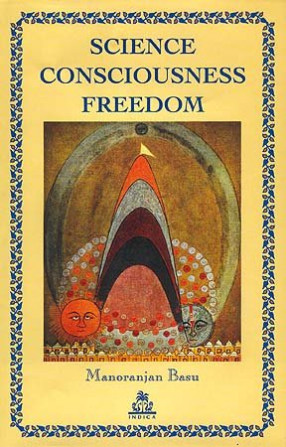
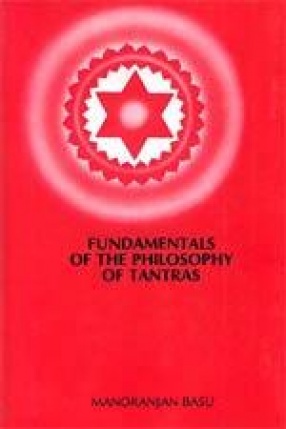
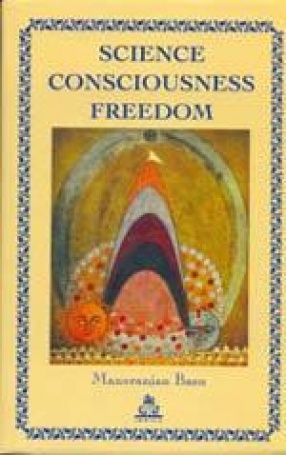


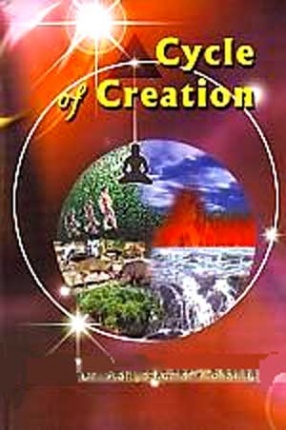
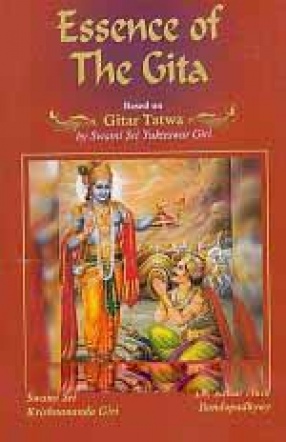

Bibliographic information